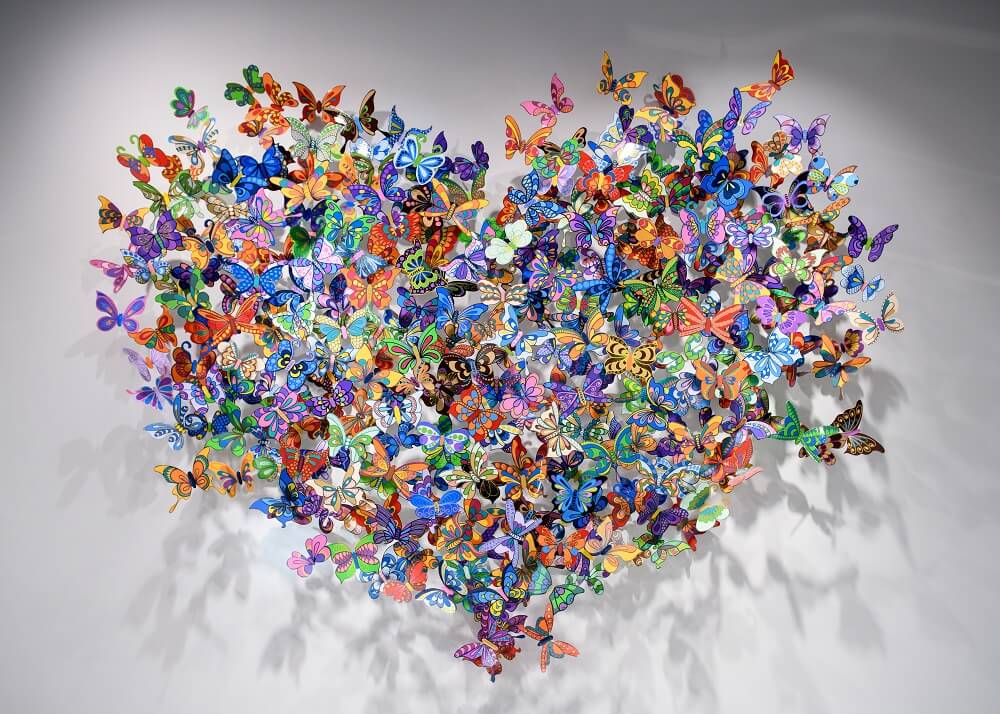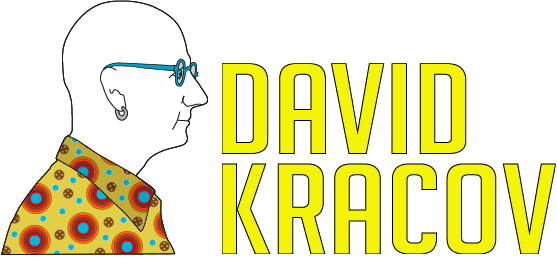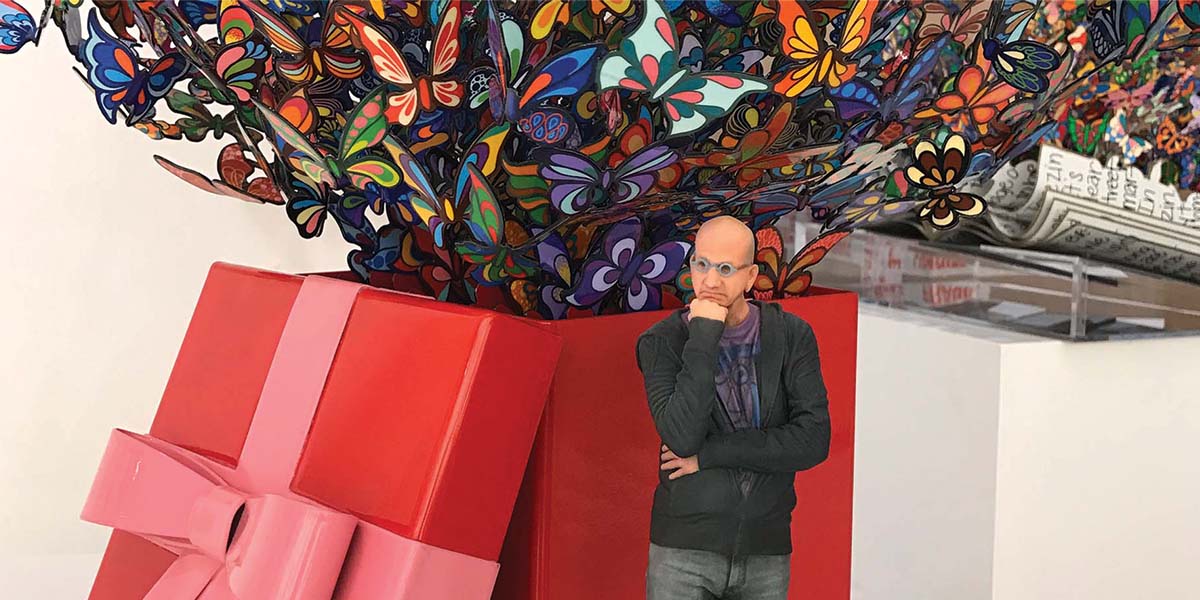Art Movement Definition
Art movements are a litmus test for art. A movement will arise, a new trend will take over, and thousands of artists will follow. Art movements can be so powerful they can change the world of art. The “artistic” generation of the 1960s, with their style of painting and fusing of art with pop culture and the spirit of rebellion, is one of the most influential movements in art.
What is Art Movement?
Art movements are generally used to identify a specific aesthetic style or a specific perspective or attitude to a body of work. They are not meant to be entirely original or unique in the history of art, and they will overlap and influence each other. They may also influence other art movements, such as “Romanticism” or “Modernism.”
How Did The Art Movement Start?
Art movements are not a new concept as they have been around since the Renaissance. What began as a loose group of artists sharing ideas in the nineteenth century has since become a popular way of conveying artistic ideas in the twenty-first century. These days movements such as pop art and minimalism are the most popular and frequently discussed. With everything from comic books to computer games on the rise, it seems the art world is fast becoming more and more popular.
What Was The Purpose Of The Art Movement?
In the 19th century, artists began to experiment with the idea of art as a collective form of expression. Rather than limit their work to a single medium, such as sculpture, painting, or photography, artists began to embrace the idea of art as a form of self-expression, rather than just a means of artistic creation.
Art movements are often used as pinpoints of history that tell the story of the cultural zeitgeist of an era. Art movements can paint a picture of history, technological advances, and political and social movements. In the early 20th century, the Industrial Revolution created a demand for artists to express themselves in a new medium – art. Artists began to use the new materials to create new styles of art. Pop art was a reaction to this new movement in art. Pop art made use of new technologies, such as photography and film, to create new art styles.

What Are The Different Art Movements?
The art world consists of art movements and trends. The art movements include:
- Pop Art is characterized by a sense of humor, irony, wit, and surrealism. The movement’s best-known artist is American pop artist Andy Warhol who not only influenced his contemporaries but also artists all over the world. His style is characterized by silkscreen printing and vibrant, graphic images. Warhol was also known for his use of Campbell’s Soup cans as a primary visual motif.
- Abstract expressionism was a reaction to the more realistic and idealistic styles of painting that had been seen previously. It focused more on the personal response received by the artist and the psychological effects seen in the art. The artists of Abstract Expressionism were inspired by the new medium of photography, using it in their paintings to emphasize the effects of light on their subjects.
- Surrealism was an art movement that had its roots in the 19th century yet still remains a relevant cultural force today. The essence of surrealism is to “rain-drop” the subconscious upon the artist’s conscious.
- Figurative art is a form of art that uses visual elements to convey a literal meaning in a metaphoric sense. The literal meaning is often structured and constructed, but the metaphor is often indirect and ambiguous. This metaphoric device is a core part of the function of figurative art.
The different art movements, in their contemporary definition, can be seen as different points in the evolution of the contemporary art of the past 30 years. They all share a very similar starting point, the “New Realism,” that was initiated at the end of the 1960s.
Why Are Art Movements Important?
This is a very important question for every art lover. Why is Art Movement important? Because it is the starting point for art trends. Art Trends have influenced our world for centuries and remain a constant reminder of the progression of time. Art Movement is vital in defining art trends, as it influences what people will and will not accept as art. The trends for this time are very different from those of the past, and the Internet has played a huge role in this evolution, especially in having artwork for sale get sold out.
Example of An Art Movement
The best example of an art movement is the expressionist movement, which is also known as the art of the twentieth century. This movement is not a single movement but rather a large group of art movements that occurred during the 20th century. The main topic of expressionism was human emotion and the expression of that emotion in the context of the world. German painters like Caspar David Friedrich and Edvard Munch were the most famous expressionists.
How Can An Art Movement Affect A Person?
Art movements have a big impact on the world of art, influencing artists such David Kracov and his papercuts collection, defining their selections in the ever-growing world of art. From the wildest expressionism to the most innocent cartoons, art movements have always been synonymous with their creators’ passion.
I'd like to receive future updates and newsletters







